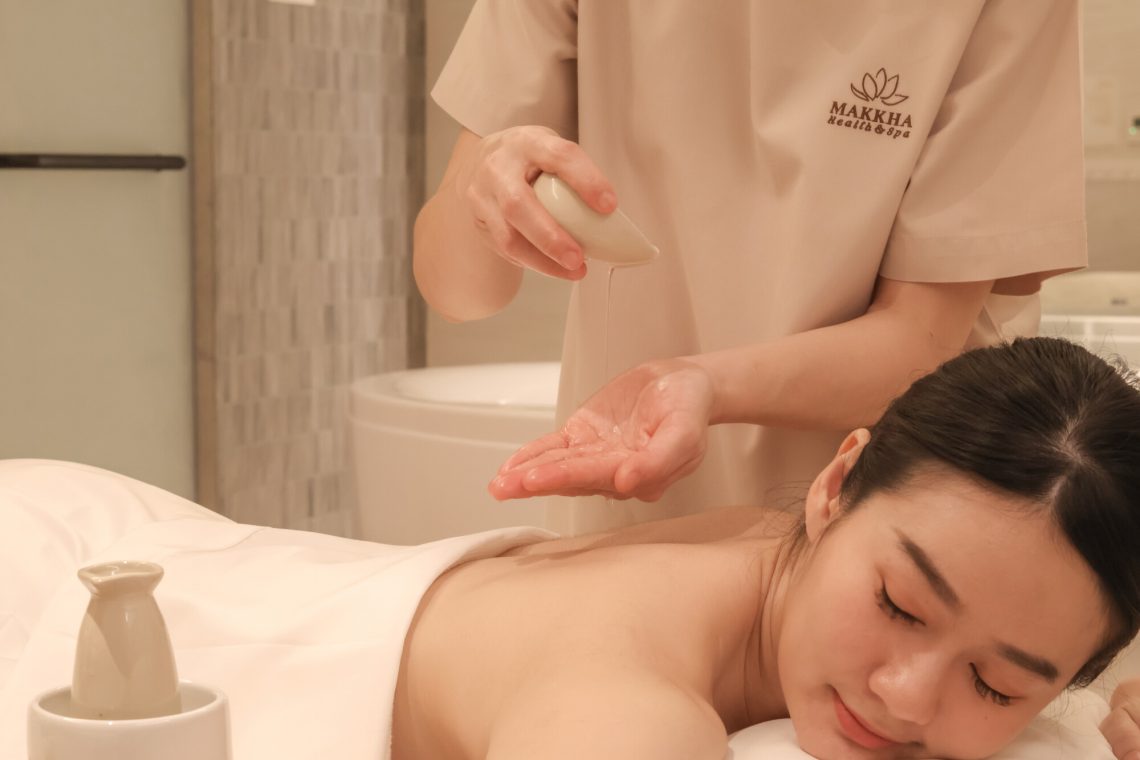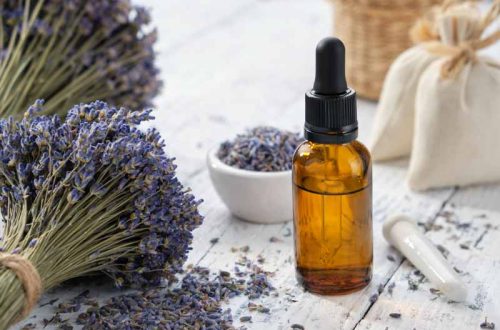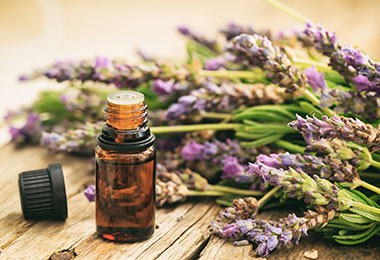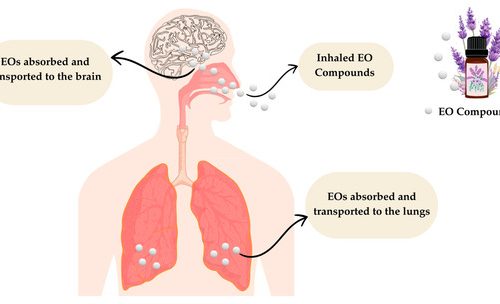The combination of therapeutic touch and the healing properties of essential oils creates a powerful synergy that enhances the benefits of both modalities. Aromatherapy massage goes beyond simple relaxation to address specific physical and emotional needs through the targeted application of essential oils combined with skilled manual techniques. This holistic approach to wellness recognizes that healing occurs on multiple levels – physical, mental, and emotional – and provides a natural pathway to relief and rejuvenation.
Unlike commercial spa treatments that may use synthetic fragrances or generic blends, creating your own aromatherapy massage oils allows for complete customization based on individual needs and preferences. With proper knowledge of oil properties, safe dilution practices, and basic massage techniques, you can provide therapeutic benefits that rival professional treatments while ensuring complete control over ingredients and application methods.
Introduction to Aromatherapy Massage
Understanding the foundations of this healing practice:
The Power of Combined Therapies
- Synergistic Effects: Massage improves circulation, helping essential oils penetrate deeper into tissues
- Enhanced Absorption: Skin warming during massage increases oil absorption through the dermis
- Nervous System Impact: Both touch and scent stimulate the parasympathetic nervous system
- Psychological Benefits: The ritual of massage combined with pleasant scents promotes deep relaxation
Therapeutic Applications
- Stress Relief: Calming oils combined with gentle massage can significantly reduce cortisol levels
- Muscle Tension: Warming oils with massage techniques help release physical tension
- Sleep Support: Relaxing blends can improve sleep quality and duration
- Emotional Balance: Specific oils can help address feelings of anxiety, sadness, or mental fatigue
The Importance of Carrier Oils
Understanding the foundation of safe aromatherapy massage:
Why Carrier Oils Are Essential
- Dilution Necessity: Essential oils are highly concentrated and can cause skin irritation if applied directly
- Application Medium: Carrier oils provide a smooth, glide-friendly base for massage
- Nutritional Benefits: Many carrier oils contain vitamins, minerals, and fatty acids that nourish the skin
- Absorption Control: Carrier oils help regulate the rate at which essential oils enter the body
Popular Carrier Oil Options
- Sweet Almond Oil: Lightweight, nourishing, and suitable for most skin types
- Jojoba Oil: Closely mimics skin’s natural oils and absorbs well without greasiness
- Coconut Oil: Solid at room temperature but melts on contact; deeply moisturizing
- Grapeseed Oil: Light, non-greasy option that’s excellent for oily or acne-prone skin
- Apricot Kernel Oil: Rich in vitamins A and E, ideal for sensitive or mature skin
Safe Dilution Guide
Proper ratios ensure safety and effectiveness:
Standard Dilution Ratios
- Adults: 2-3% dilution (12-18 drops essential oil per ounce of carrier oil)
- Children (2+ years): 1% dilution (6 drops essential oil per ounce of carrier oil)
- Elderly or Sensitive Individuals: 1-2% dilution (6-12 drops per ounce)
- Facial Applications: 1% dilution for all users due to sensitive skin
- Measure Carrier Oil: Pour the required amount of carrier oil into a clean glass bottle
- Add Essential Oils: Carefully count and add the appropriate number of essential oil drops
- Mix Thoroughly: Cap the bottle and shake well to combine ingredients
- Label Clearly: Mark the bottle with ingredients, concentration, and preparation date
- Store Properly: Keep in a cool, dark place away from direct sunlight
Oil Suggestions for Needs
Selecting appropriate oils for specific therapeutic goals:
Relaxation and Stress Relief
- 2 ounces sweet almond oil (base)
- 6 drops lavender essential oil
- 4 drops bergamot essential oil
- 2 drops ylang ylang essential oil
This calming blend promotes relaxation and helps quiet racing thoughts.
Sore Muscle Relief
- 2 ounces jojoba oil (base)
- 8 drops peppermint essential oil
- 6 drops eucalyptus essential oil
- 4 drops ginger essential oil
Warming and cooling sensations work together to soothe tired, achy muscles.
Energy and Focus
- 2 ounces grapeseed oil (base)
- 6 drops rosemary essential oil
- 5 drops lemon essential oil
- 3 drops peppermint essential oil
Invigorating scents help stimulate mental clarity and physical energy.
Basic Massage Techniques
Fundamental methods for effective aromatherapy massage:
- Effleurage: Long, gliding strokes using the palms to warm tissues and distribute oil
- Petrissage: Kneading motions that lift and squeeze muscles to release tension
- Friction: Circular movements with thumbs or fingers to break up adhesions
- Tapping: Light percussion with fingertips or edges of hands to stimulate circulation
- Vibration: Rapid shaking movements to relax muscle spasms
Application Guidelines
- Always begin with gentle effleurage to warm the tissues and assess muscle condition
- Maintain consistent pressure and rhythm throughout the massage
- Move from extremities toward the heart to support lymphatic drainage
- Communicate with the recipient about pressure preferences and comfort levels
- Use the whole hand or forearm rather than just fingertips to distribute pressure
Safety Considerations
Ensuring beneficial experiences without risks:
Contraindications
- Medical Conditions: Consult healthcare providers before massage for those with blood clots, severe osteoporosis, or recent surgeries
- Pregnancy: Certain oils like clary sage and rosemary should be avoided during pregnancy
- Skin Conditions: Avoid massage over open wounds, rashes, or inflamed areas
- Medication Interactions: Some oils can interact with medications; research or consult professionals
Environmental Safety
- Ventilation: Ensure adequate air circulation to prevent overwhelming aromatics
- Pet Safety: Keep oils away from animals, especially cats who are sensitive to many essential oils
- Slip Prevention: Use towels or non-slip mats to prevent accidents on oily surfaces
Creating the Right Environment
Setting the stage for therapeutic experiences:
Physical Preparation
- Temperature Control: Maintain a warm, comfortable room temperature (70-75°F)
- Privacy: Ensure a quiet, private space where participants won’t be disturbed
- Comfort Surfaces: Use quality massage tables or comfortable floor padding
- Cleanliness: Maintain hygienic conditions with clean linens and equipment
Ambiance Elements
- Lighting: Use dim, warm lighting or candles for relaxation
- Music: Play soft, instrumental music without distracting lyrics
- Aromatics: Diffuse complementary scents in the room before the massage begins
- Comfort Items: Provide pillows, blankets, and bolsters for proper positioning
Advanced Blending Techniques
Enhancing therapeutic benefits through sophisticated combinations:
Note Structure in Blending
- Top Notes: Light, volatile oils that provide initial impression (citrus, mint)
- Middle Notes: Balancing oils that form the heart of the blend (lavender, geranium)
- Base Notes: Heavy, long-lasting oils that provide depth (sandalwood, vanilla)
- Ratio Guidelines: Start with 30% top notes, 50% middle notes, and 20% base notes
Therapeutic Category Blending
- Sedative Blends: Combine florals and woods for sleep and relaxation support
- Stimulating Blends: Use herbs and citrus for energy and mental clarity
- Anti-inflammatory Blends: Incorporate oils with analgesic properties for pain relief
- Antimicrobial Blends: Select oils with natural antibacterial and antiviral properties
Special Populations
Adapting techniques for specific needs:
Pediatric Considerations
- Dilution Requirements: Use 1% dilution or less for children under 12
- Gentle Oils: Choose mild oils like lavender and chamomile
- Shorter Sessions: Limit massage to 15-20 minutes for young children
- Parental Involvement: Include parents in the process for comfort and bonding
Geriatric Adaptations
- Skin Sensitivity: Use extra care due to thinner, more delicate skin
- Circulation Support: Gentle techniques to promote rather than force blood flow
- Joint Considerations: Modify pressure and techniques for arthritic conditions
- Medical Awareness: Be mindful of medications and chronic conditions
Troubleshooting Common Issues
Addressing challenges that may arise during practice:
Technique Problems
- Inadequate Glide: Add more carrier oil or switch to a lighter oil base
- Oil Sensitivity: Reduce concentration or switch to hypoallergenic carrier oils
- Uneven Distribution: Shake oil blends thoroughly before each use
- Rapid Absorption: Apply oil more frequently during longer sessions
Client Comfort
- Temperature Sensitivity: Warm oils slightly by rubbing between palms before application
- Pressure Preferences: Maintain clear communication throughout the session
- Position Discomfort: Use props and pillows to support proper alignment
- Aroma Overload: Ensure good ventilation and reduce oil concentration if needed
Educational and Social Benefits
Beyond personal wellness, aromatherapy massage offers broader advantages:
Learning Opportunities
- Anatomy Awareness: Develop understanding of muscle groups and pressure points
- Botanical Knowledge: Learn about plant properties and extraction methods
- Therapeutic Communication: Practice attentive listening and responsive care
Relationship Building
- Intimate Connection: Safe, therapeutic touch strengthens bonds between partners
- Family Wellness: Share healing practices with loved ones
- Community Support: Offer therapeutic services to friends and neighbors
Environmental and Economic Benefits
Natural massage practices offer advantages beyond personal care:
Eco-Friendly Aspects
- Biodegradable Ingredients: Plant-based oils break down naturally without environmental harm
- Reduced Packaging: Bulk purchasing and reusable containers minimize waste
- Sustainable Sourcing: Many oils come from renewable plant sources when ethically produced
- Chemical-Free: No synthetic fragrances or preservatives to contaminate water systems
Cost Effectiveness
- Ingredient Longevity: Small amounts of quality oils last for numerous treatments
- Multi-Purpose Use: Same oils can be used for other therapeutic applications
- Reduced Professional Services: Self-care capabilities reduce need for expensive spa visits
- Preventive Care: Regular practice may reduce healthcare costs through stress reduction
Conclusion: The Art of Healing Touch
Aromatherapy massage represents a beautiful convergence of ancient healing wisdom and modern wellness understanding. By combining the therapeutic benefits of touch with the powerful properties of plant essences, this practice offers a natural pathway to physical relief, emotional balance, and spiritual connection. The accessibility of this modality means that its benefits are not limited to professional settings but can be incorporated into daily life as a form of self-care and loving attention to oneself and others.
The journey into aromatherapy massage is one of continuous learning and deepening sensitivity to both the physical and energetic needs of the human body. As you develop your skills and understanding, you’ll discover that this practice is as much about cultivating presence and compassion as it is about mastering techniques. The act of giving or receiving a thoughtful, well-prepared aromatherapy massage becomes a form of meditation in motion, creating space for healing to occur on multiple levels simultaneously.
In our increasingly digital and disconnected world, the simple act of therapeutic touch combined with the healing power of plant essences offers a profound antidote to isolation and stress. Aromatherapy massage reminds us of our fundamental need for connection – to ourselves, to others, and to the natural world that provides these remarkable healing gifts. It’s a practice that honors both the science of anatomy and physiology and the art of intuitive care, creating a holistic approach to wellness that addresses the whole person rather than isolated symptoms.
Most importantly, the practice of aromatherapy massage empowers individuals to take an active role in their own healing and that of their loved ones. With proper knowledge, quality ingredients, and respectful techniques, you can create therapeutic experiences that rival professional treatments while ensuring complete control over every aspect of the experience. This self-sufficiency in wellness care represents not just a practical skill but a profound form of self-love and care for others that can transform relationships and daily life in meaningful ways.





